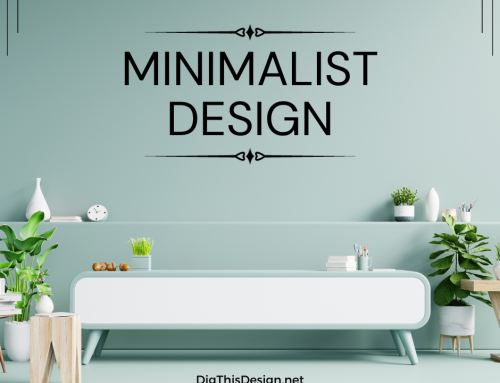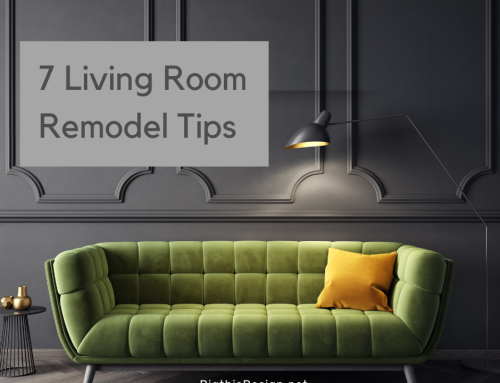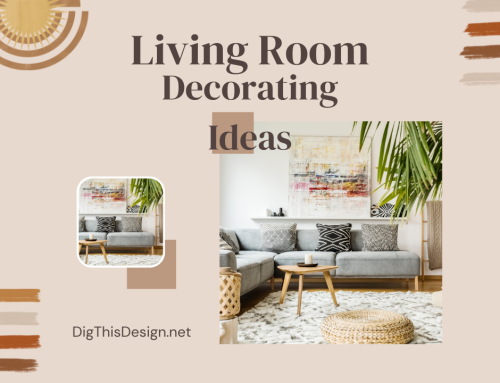In an ever-evolving world, where families are increasingly seeking ways to stay connected while maximizing resources, the concept of a multi-generational home is more relevant than ever. As the name suggests, a multi-generational home accommodates multiple generations of a family under one roof, offering a blend of privacy and togetherness that is hard to achieve in traditional housing setups. But what makes this type of living arrangement so smart in today’s world? Let’s explore seven compelling reasons why multi-generational home interiors are not just a trend, but a forward-thinking approach to modern living.
7 Reasons to Design a Multi-Generational Home
1. Cost Efficiency and Financial Stability
One of the most significant advantages of a multi-generational home is the cost efficiency it offers. By combining resources, families can significantly reduce the financial burden associated with maintaining multiple households. With rising real estate prices and living expenses, this approach allows families to share mortgage payments, utilities, and other household expenses. This financial stability can provide peace of mind and allow for more discretionary spending on family vacations or educational opportunities.
2. Enhanced Family Bonds
In a world where technology often creates distance between individuals, a multi-generational home can help strengthen family bonds. Living together allows family members to spend more quality time with each other, fostering relationships that might otherwise weaken over time. Grandparents can play a more active role in their grandchildren’s lives, while parents can benefit from the wisdom and experience of older generations. This close-knit environment nurtures a sense of belonging and mutual support that is invaluable in today’s fast-paced society.
3. Increased Home Value
Investing in a multi-generational home can also be a smart financial decision when it comes to property value. Homes designed to accommodate multiple generations often feature versatile layouts, such as additional living spaces, extra bedrooms, or even separate entrances. These features make the property more appealing to a broader range of buyers, potentially increasing its resale value. As more people recognize the benefits of multi-generational living, homes with these designs are likely to be in higher demand.
4. Convenience and Flexibility
A multi-generational home is inherently flexible, allowing for various configurations to suit the family’s changing needs. Whether it’s accommodating a young adult returning home after college, an aging parent who requires care, or even hosting extended family members during holidays, these homes are designed with adaptability in mind. This flexibility makes it easier for families to navigate life’s transitions without the stress of moving or finding additional housing.
5. Improved Quality of Life
The emotional and physical well-being of family members can greatly benefit from a multi-generational living arrangement. For aging parents, being surrounded by loved ones can reduce feelings of loneliness and isolation, which are common concerns among seniors. Additionally, the proximity of family members means that support is always available, whether it’s helping with daily tasks, providing companionship, or offering emotional support during challenging times. This close support network can significantly improve the quality of life for everyone involved.
6. Eco-Friendly Living
Sustainability is a growing concern for many families, and a multi-generational home can contribute to a more eco-friendly lifestyle. By sharing resources and living spaces, families can reduce their overall environmental footprint. This can include everything from lower energy consumption and water usage to reduced waste. Moreover, multi-generational homes often incorporate energy-efficient features, such as solar panels or energy-saving appliances, which further enhance their sustainability.
7. Cultural and Generational Continuity
A multi-generational home provides an environment where cultural and generational traditions can thrive. Older family members can pass down stories, customs, and values to younger generations, preserving the family’s heritage and identity. This continuity fosters a deep sense of pride and connection to one’s roots, which can be particularly important in a multicultural society. It also helps younger family members develop a strong sense of identity and belonging, which can be a source of strength and resilience as they navigate the complexities of the modern world.
Conclusion
In today’s rapidly changing world, the concept of a multi-generational home offers a smart and practical solution for families seeking to maintain strong connections while navigating economic and social challenges. By embracing this approach to living, families can enjoy financial stability, enhanced relationships, and a higher quality of life, all while contributing to a more sustainable future. As more people recognize the benefits of multi-generational home interiors, it’s clear that this is not just a passing trend, but a visionary approach to modern living that meets the needs of today’s diverse and dynamic families.
Other posts you might enjoy:
Creating a Genuine Community for Aging In Place





